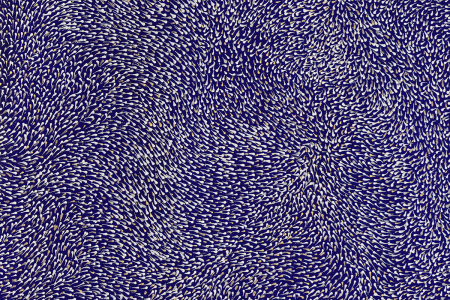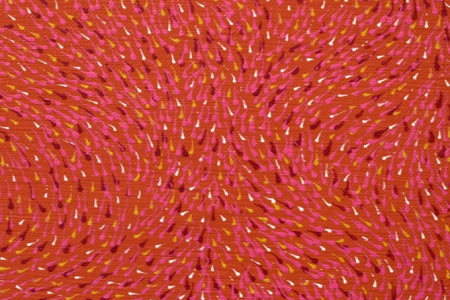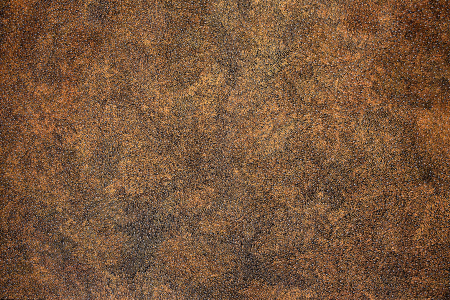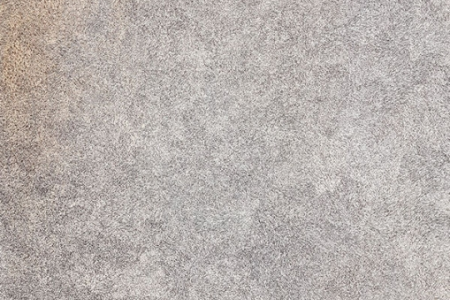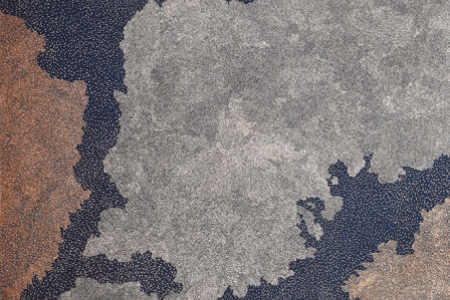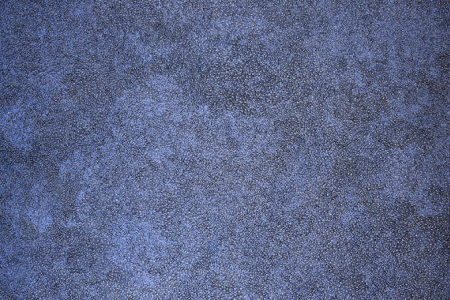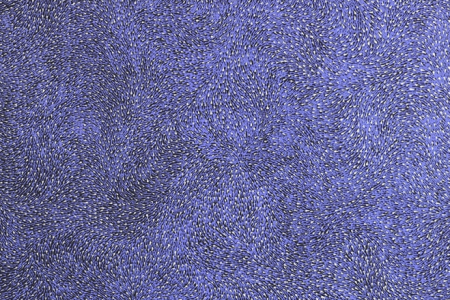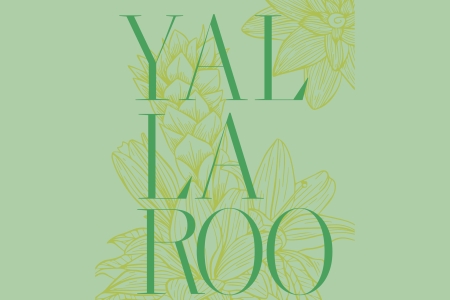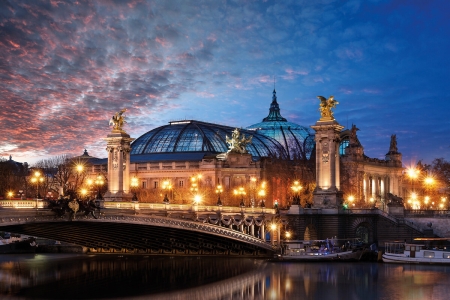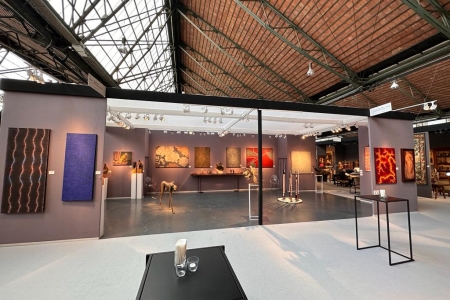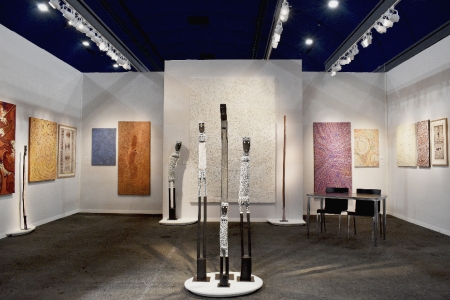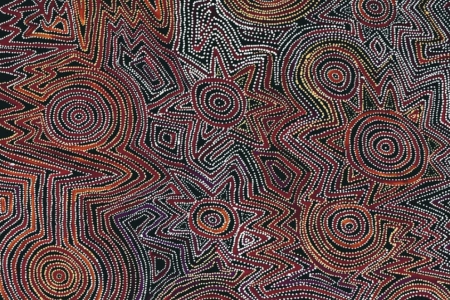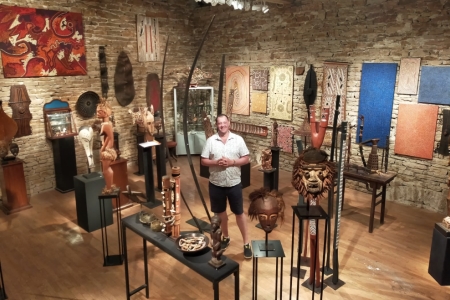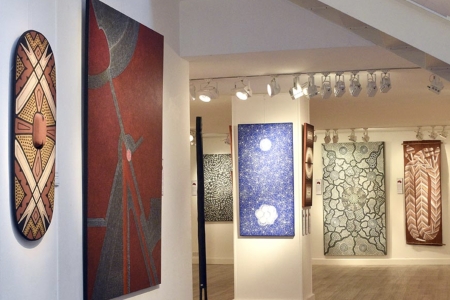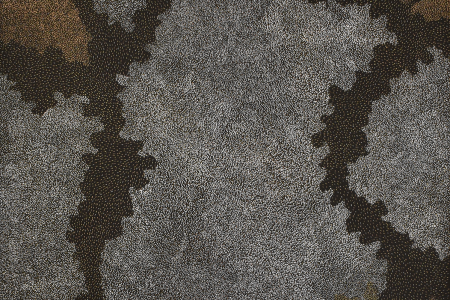
Yam Seeds in my Grandmother’s Country
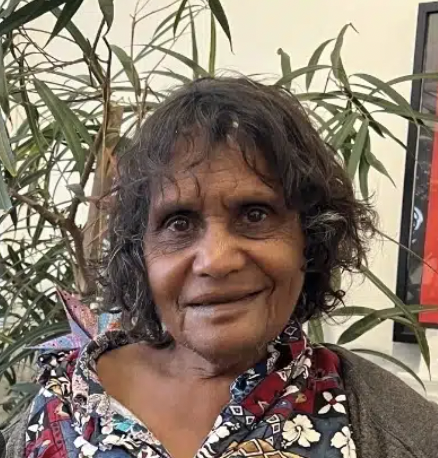
Elizabeth Kunoth Kngwarreye is an important Utopia artist who lives in Mosquito Bore, approximately 250 kilometers north-east of Alice Springs in the heart of the desert in the Northern Territory. Daughter of the late artist Nancy Petyarre and granddaughter of Emily Kame Kngwarreye, one of the most revered artists in Aboriginal art, Elizabeth is one of the keepers of the traditions of her people. With an arid climate, its territory experiences various seasons, notably that of the rains which allows the flora to bloom and adorn the landscape made of plains and rocky hills with multiple colors.
The people who have lived there for thousands of years obtained through a hard struggle in 1979 the reappropriation of some 3,500 km2 of land on which their territory extends, in particular thanks to the commitment of Aboriginal women. It was they who were introduced to the art of batik on silk before men in the mid-1970s. This first use of a medium from another culture allowed them to begin to represent the major themes of sacred feminine ceremonies which are based on the representation of flora: yams, seeds and fruits that they find on their territory. When they began to paint, it was quite natural that they continued to magnify the theme of fertility. Contrary to what one might believe, although being semi-nomadic, the aboriginal people did not just move around to find food, they planted seeds themselves to facilitate the growth of edible plants.
Elizabeth Kunoth transcribes the sowing of the earth when women throw into the wind the seeds of a local species of yam which allows them to ensure their subsistence in the dry season. The thousands of carefully placed dots of different colors symbolize the movement of the seeds pushed by the wind and their sparkle under the rays of the sun.
She uses color to represent which yam seeds and leaves have dried and which are still soft. Yam is a tuber that is cooked over a wood fire. It has both nutritional value and spiritual significance. Elizabeth Kunoth stretches each point to give them an orientation. She also superimposes them in order to give a feeling of relief to her canvas. She thus establishes an optical dimension for the spectator who looks at her work.
Her works are also symbolic maps of her territory seen from the sky on which she decided to cover with droplets the paths taken by the ancestors of her people in order not to reveal sacred routes to the uninitiated that we are.
Elizabeth was a finalist in the 2013 Blake Prize, a finalist in the Art Gallery of New South Wales Wynne Prize for landscape painting in 2008 and 2010, and in 2008 she won the coveted Churchie Award.

